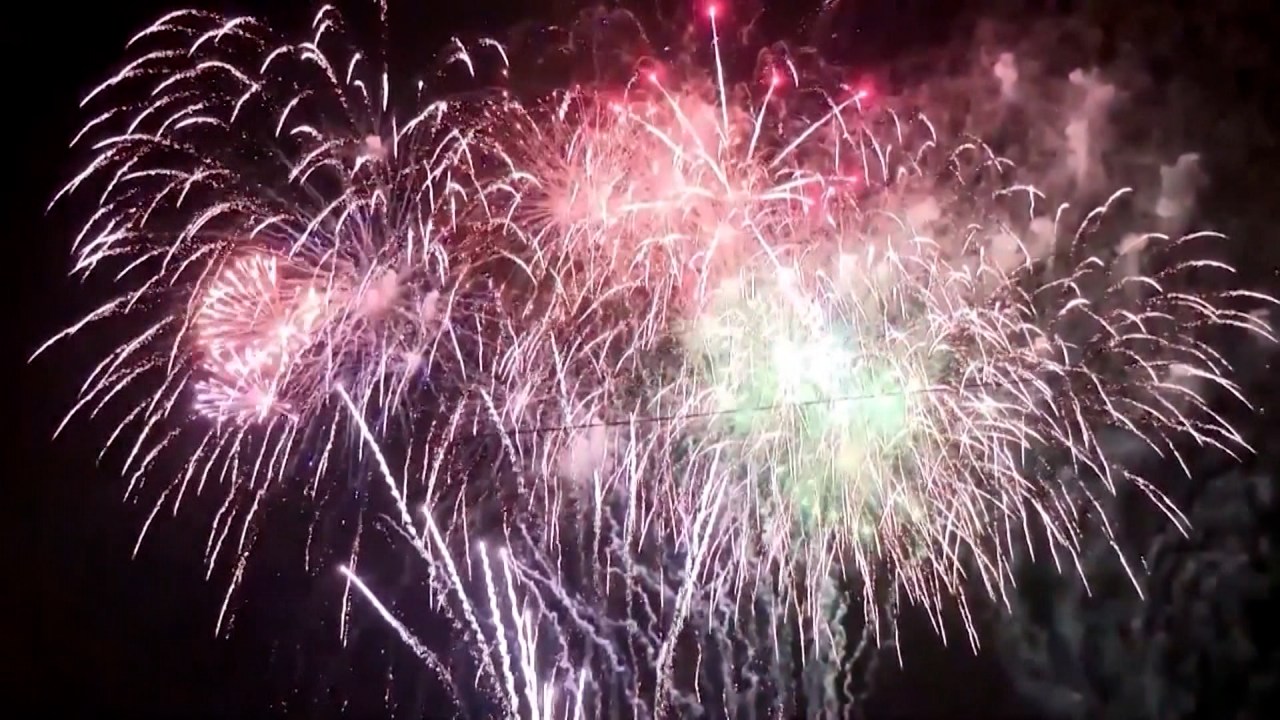Time: 2024-06-30
Fireworks have a long history dating back over 2000 years, with their manufacturing process being volatile and labor-intensive. The primary components of fireworks are sulfur, charcoal, and potassium nitrate, which are mixed, shaped, and packaged into various components. Safety is a top priority in the production process, requiring skilled technicians to meticulously assemble each firework for a stunning visual experience. The materials required for fireworks, including various metals for vibrant colors, are sourced through mining operations, which currently face supply and equipment disruptions.
The storage and movement of fireworks require specialized protective containers and packaging to prevent combustion due to their volatile nature. Transportation of fireworks adheres to strict safety protocols to prevent mishaps, with trained professionals handling their transportation. A federal explosives license is required to engage in importing, manufacturing, or selling fireworks within the United States. The majority of fireworks purchased in America come from China, with orders being placed more than a year in advance of Independence Day.

The tradition of lighting fireworks on the Fourth of July involves a complex chemistry process to create the desired visual effects. Fireworks are a combustion reaction that produces light, sound, and propels objects through the air by combining oxygen and other fuels. Different elements are used to create specific colors in fireworks, such as strontium for red, barium for green, copper for blue, and calcium for orange or red. Planning a fireworks show requires a deep understanding of how the fireworks will react and perform in the air to create a sensory experience for the audience.
The future of fireworks may see alternatives to traditional pyrotechnics, such as using drones to create dazzling light shows and aerial displays. Drones can simulate the visual feel of exploding fireworks and have environmental benefits by generating fewer emissions and reducing the necessity for mining operations. However, they require a sound system to replicate the bang that traditional fireworks produce. The demand for fireworks leading up to Independence Day is dependent on weather forecasts, as wet or dry conditions can significantly impact actual demand.
In conclusion, the Supply chain journey of fireworks involves various intricate processes and safety measures to ensure a successful display on Independence Day. The chemistry behind creating fireworks highlights the complex reactions and elements involved in producing vibrant colors and impressive effects for audiences to enjoy. As technology advances, the future of fireworks may see innovative alternatives that provide similar visual pleasure with reduced risks and environmental impact.